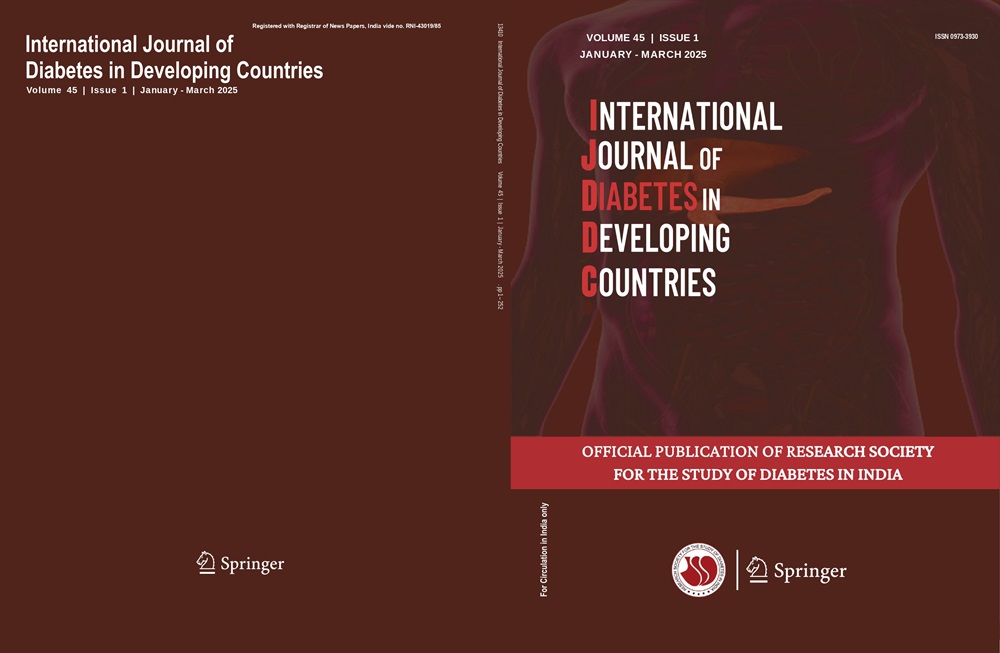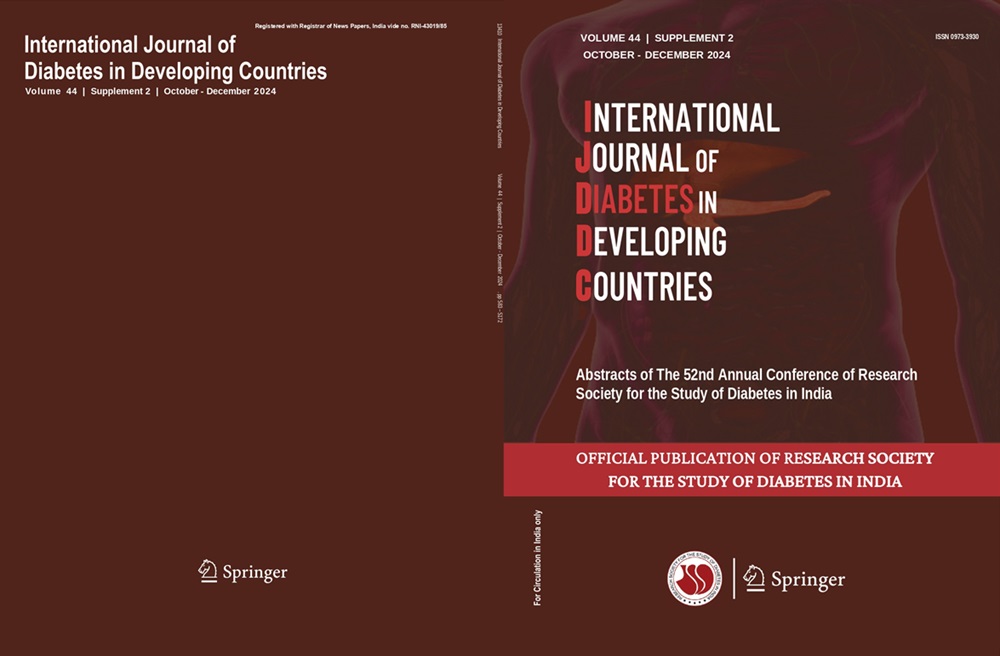Ying Li, Shan Gao, Ying Yang, Gang Yin
Keywords
DIRAS3 • diabetes mellitus • palmitic acid • pancreatic • Cells • PI3K/AKT signalling
Abstract
Background Type-2 diabetes mellitus is a metabolic disorder characterised by hyperglycemia and insulin resistance. This study aims to explore the role and mechanism of DIRAS family GTPase 3 (DIRAS3) in mediating pancreatic β-cell death and insulin secretion.
Materials and Methods A bioinformatic analysis of the GSE118230 and GSE150281 datasets was performed to screen differentially expressed genes. The pancreatic β-cell lines, INS-1 and MIN6, were treated with palmitic acid (PA) to mimic the cell models of type-2 diabetes mellitus. CCK-8 assay, 5-ethynyl-2’-deoxyuridine staining, flow cytometry, enzyme-linked immunoassay, immunofluorescence, qRT-PCR, and western immunoblotting were conducted to illustrate the role of DIRAS3 in the cell models.
Results Unlike in normal controls, DIRAS3 was highly expressed in PA-treated pancreatic β-cells in a dose- and time-dependent manner. Moreover, the silencing of DIRAS3 in the INS-1 cells attenuated PA-induced cell loss by improving cell proliferation and inhibiting apoptosis and prevented the PA-induced impairment of insulin secretion. Consistently, the overexpression of DIRAS3 in the MIN6 cells accelerated PA-induced cell loss and impaired insulin secretion. A Gene Set Enrichment Analysis predicted that phosphatidylinositol 3-kinase (PI3K)/protein kinase B (AKT) was a downstream signalling pathway of DIRAS3, as the inhibitory effects of DIRAS3 on the activation of the PI3K/AKT signalling pathway were confirmed in the INS-1 and MIN6 cells. Moreover, the PI3K inhibitor, LY294002, effectively reversed the protective effects of DIRAS3 silencing on the INS-1 cells.
Conclusion DIRAS3 was highly expressed in the cell models of type-2 diabetes mellitus, contributing to PA-induced cell death and impaired insulin secretion in pancreatic β-cells through the inhibition of the PI3K/AKT signalling pathway.




